- Huawei unveiled its brand new P40 flagship series during an online-only media event, and the series includes three devices: The Huawei P40, P40 Pro, and Huawei P40 Pro+.
- The P40 Pro is the best of the bunch, featuring a unique all-screen design complete with a hole-punch 3D face recognition camera and a significantly improved multi-lens camera module.
- All P40 phones will ship without Google apps on board, as Huawei is still banned from conducting business with Google.
- Visit BGR’s homepage for more stories.
Huawei’s P40 Pro launch event should have taken place in Paris, France on Wednesday, with CEO Richard Yu delivering his keynote to a packed audience. Huawei is still prominent in Europe and other markets despite last year’s ban in the United States, which stripped Google apps off of Huawei Android handsets, among other things. But these aren’t normal times. Paris, like many other places, is locked down and public gatherings like the launch of a brand new phone are banned. Even if they weren’t, nobody would risk hosting a public event as long as the novel coronavirus is still raging out there. So Huawei unveiled the three Huawei P40 handsets — yes, there are three of them — via an online-only press event. These are the P40, the P40 Pro, and the P40 Pro+, three high-end handsets that will compete directly against the Galaxy S20 series, all other Android flagships, and the iPhone.
Just as Huawei teased a few months ago, the P40 Pro phones do indeed feature a design unlike anything seen in the industry. And, just as expected, the P40 phones are all about delivering a better camera experience than before. Sadly, the P40 series will disappoint some fans of the series when it comes to software, as we’re still looking at Huawei’s Android 10-based software without any Google apps on all three phones.
All P40 series handsets feature all-screen hole-punch displays, but it’s the Pro models that deliver a so-called “Overflow Display.” That’s a full edge-to-edge design with all four edges being slightly curved. But they’re not dramatic curves like the waterfall display seen on last year’s Mate 30 Pro model.
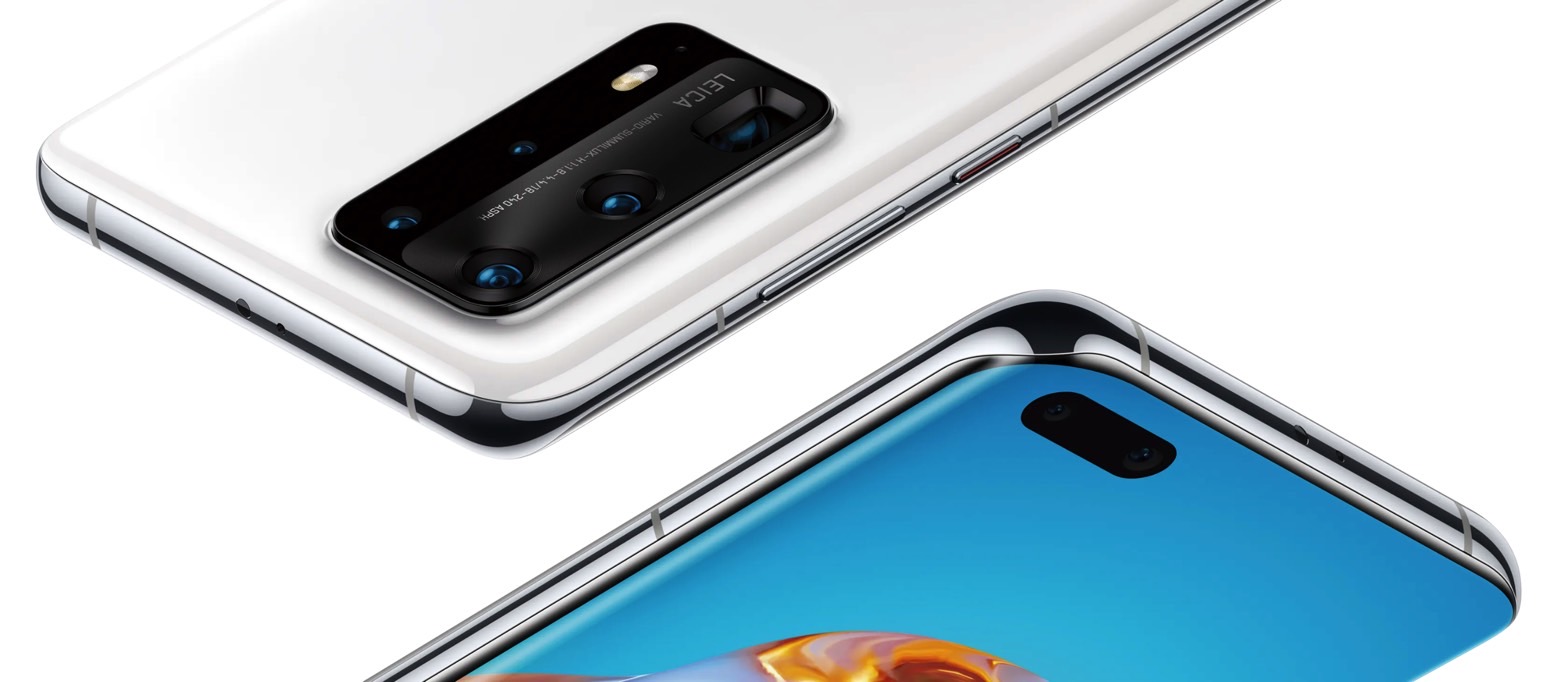
The Huawei P40 Pro and P40 Pro+ have one other advantage over the P40, and that’s a 3D face recognition system built into the pill-shaped hole that punches through the screen. That’s certainly better than what Samsung did with its own hole-punch displays so far, and a feature not seen on any other recent devices. All P40 models also feature in-display fingerprint sensors, which are supposed to be 30% faster and 30% larger than before.
Huawei’s P40 Pro models feature 90Hz 6.58-inch displays that aren’t as good as Samsung’s 120Hz screen for the Galaxy S20, but they’re still better than the regular 60Hz screens found on most other handsets, Huawei P40’s 6.1-inch screen included.
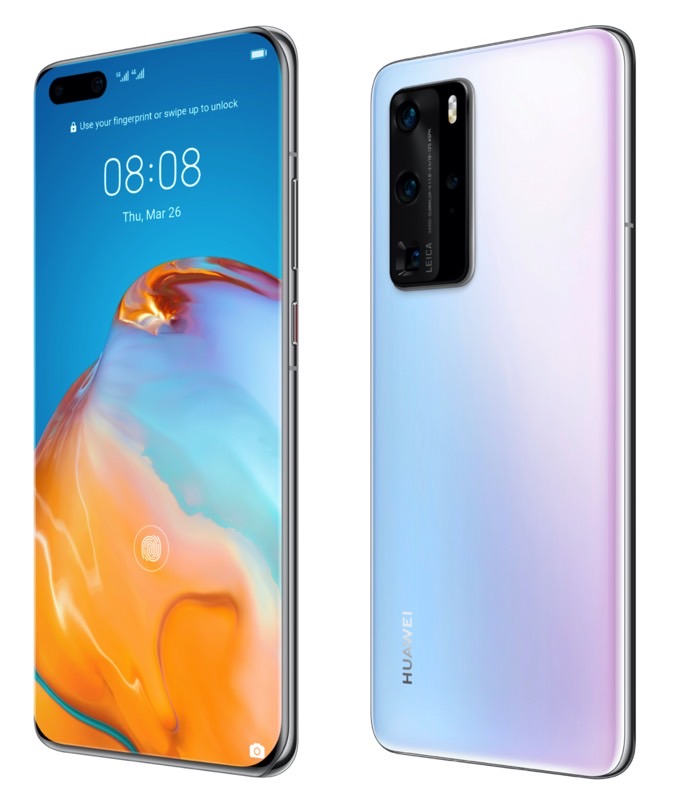
The camera module is the most prominent design element on the back, with the phones featuring three, four, and five rear-facing sensors.
The P40 Pro+ (below) packs the most potent camera system of the three models, featuring five lenses, including a 50-megapixel Ultra Vision Wide Lens, 40-megapixel ultra-wide-angle Cine lens, 8-megapixel 10x optical Super Periscope telephoto lens, 8-megapixel 3x optical telephoto lens, and Huawei ToF sensor. The P40 Pro (image above) has the second-best camera with four sensors, featuring the same 50-megapixel shooter and 40-megapixel Cine lens, a 12-megapixel 5x optical Periscope telephoto lens, and a Huawei ToF sensor. The regular P40, meanwhile, gets a 16-megapixel ultra-wide-angle lens, 50-megapixel Ultra Vision Wide Lens, and 8-megapixel 3x optical telephoto lens.
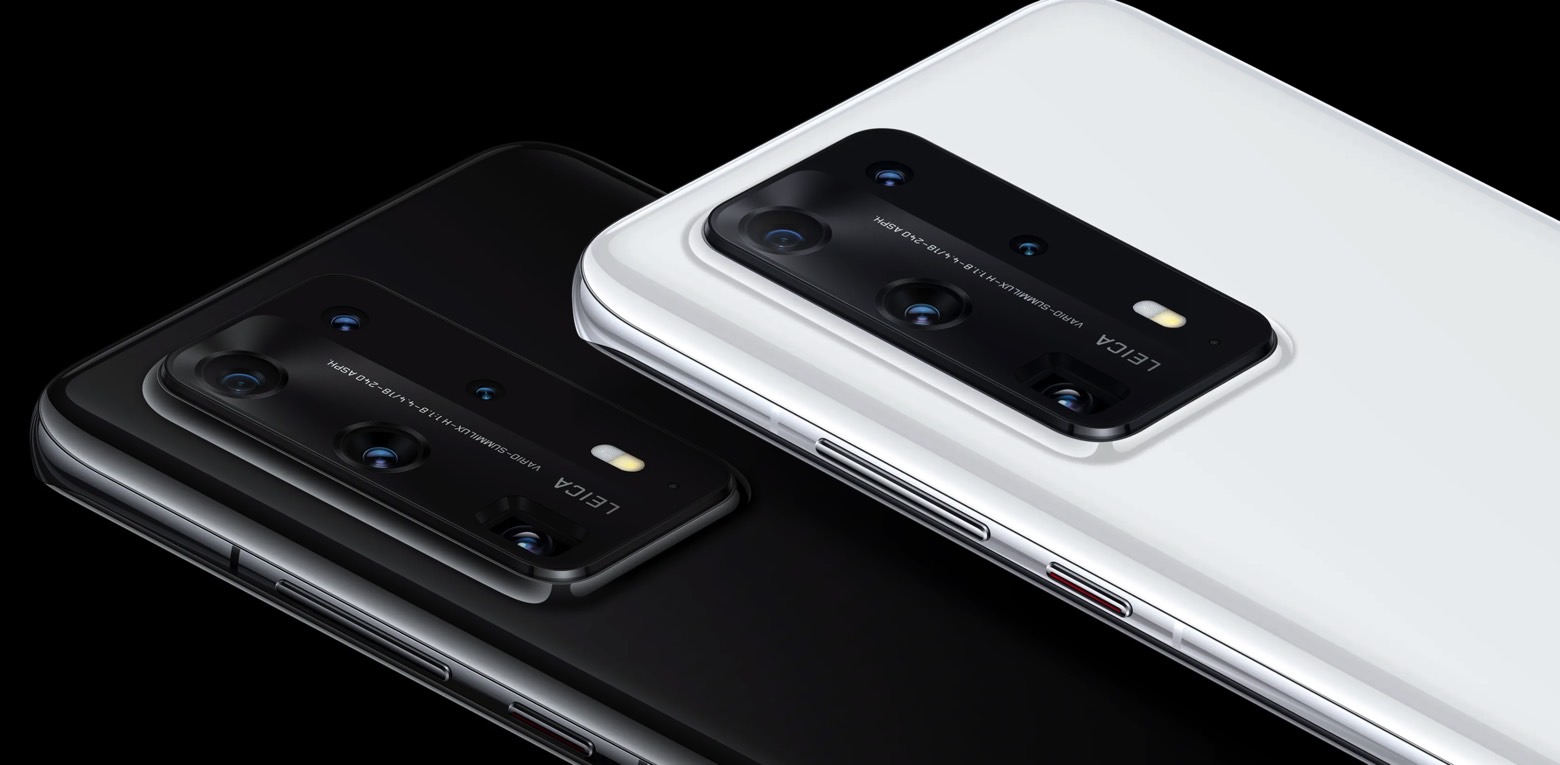
The 50-megapixel sensor is the highlight of the P40 camera system, featuring a larger 1/1.28 inch RYYB sensor that’s much bigger than what’s available on competing devices. Huawei said that a brand new AI Image Engine will help improve the camera experience thanks to a suite of new algorithms meant to improve focus, zoom, and low-light photography. The P40 Pro+ is also the world’s first phone to get a dual-telephoto zoom lens system, where both a regular 3x optical telephoto lens and a 10x optical Super Periscope telephoto work together to enhance zoom.
The same processor found inside the Mate 30 Pro also powers the P40 phones. That’s the Kirin 990 5G chip that Huawei announced last fall. Cooling everything down is a 4-layer SuperCool System that includes a 3D graphene film as well as a thin vapor chamber cooling system.
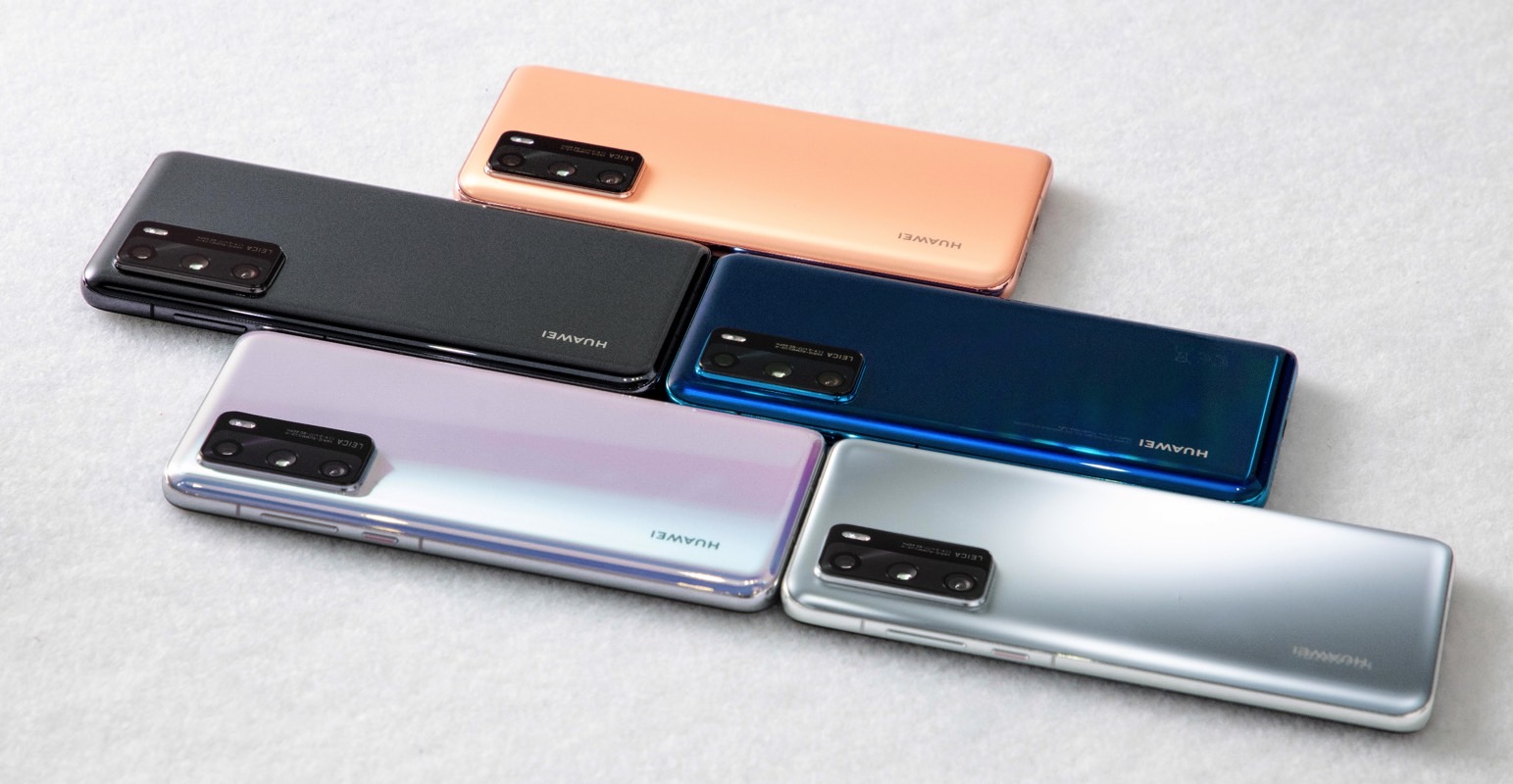
The P40 Pro and Pro+ feature 4,200 mAh batteries, while the P40 packs a smaller 3,800 mAh pack. The Pros support 40W Super Fast Wired charging and 40W wireless charging, while the P40 only gets 22.5W wired charging.
Finally, the Pro versions are both IP68 rated, while the cheaper model only gets an IP53 rating.
The P40 series phones will be available in Europe and other regions in the coming weeks. The P40 will cost €800, while the P40 Pro starts at €1,000 in Europe. Huawei announced new colors for the P40 series, including Ice White, Black, DeepSea Blue, Silver Frost, and Blush Gold, while the P40 Pro+ will be available in Black and White ceramic.
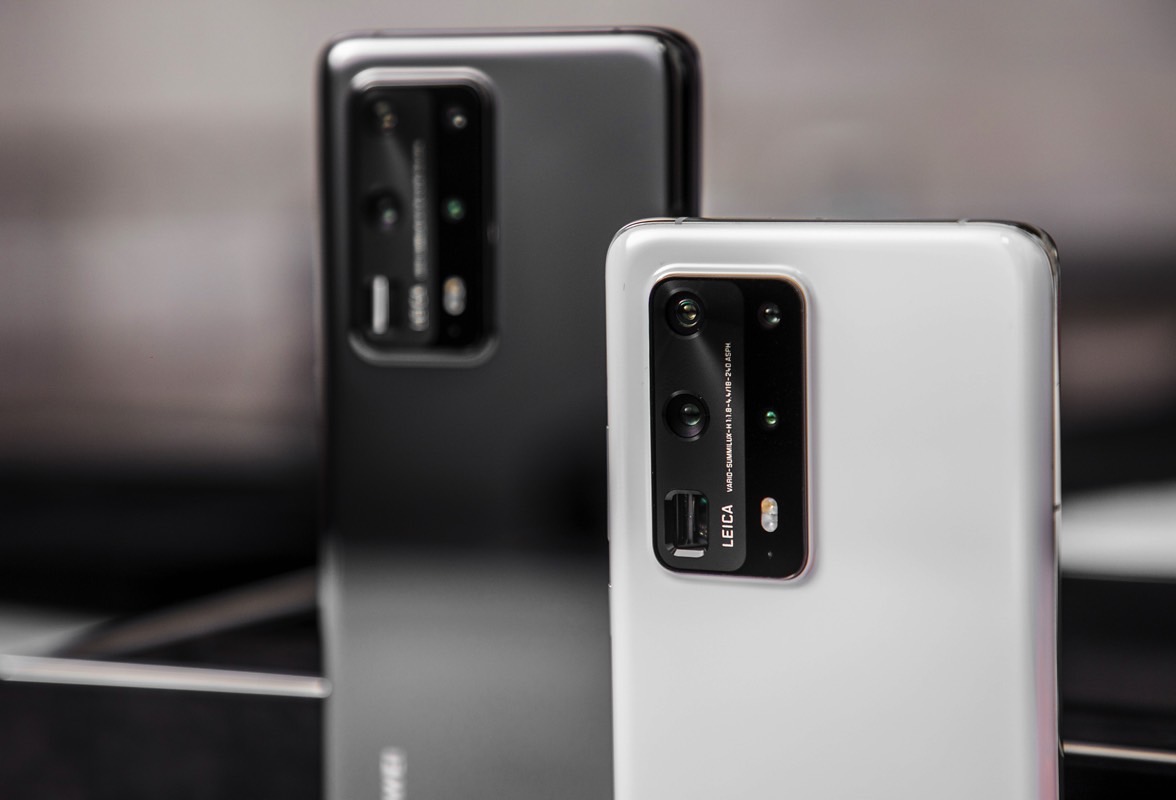
The one thing many potential buyers won’t like is the lack of Google apps. Huawei, however, says it has significantly increased the number of AppGallery apps and plans to keep adding applications in the near future. Users will be able to sideload apps from developers and load other store experience like Amazon’s but don’t expect to be able to easily sideload Google’s Play store and all of its popular apps. Huawei also unveiled a MeeTime app, a video chat app that will be available across Huawei devices, and will take on existing competitors such as FaceTime and others. The app might also work with other AppGallery applications that could benefit from a built-in video chat feature. Also, starting with the P40 series, Huawei will include its own voice assistant with its Android software. Sadly, the name chosen for the virtual assistant is far from perfect: You activate it by saying “Hey Celia.”
The full Huawei P40 presentation is available below, complete with demos highlighting the phone’s camera features.








